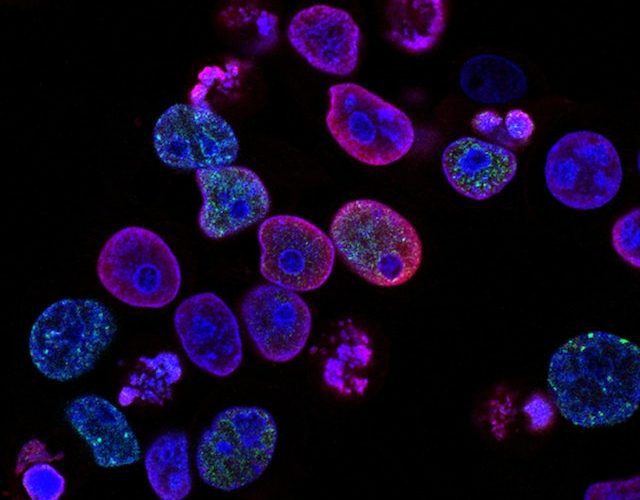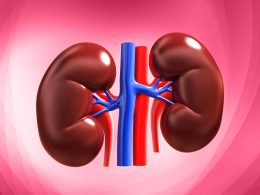Introduction:
In the race against antibiotic resistance, we often focus on the misuse of antibiotics by healthcare providers and patients. However, there is a hidden danger lurking in the shadows – the pollution generated by antibiotic factories. These factories, which produce the drugs we rely on to fight infections, are contributing to a ticking time bomb that threatens public health and the effectiveness of antibiotics. In this article, we will delve into the pollution from antibiotic factories, its impact on the environment and human health, and the urgent need for action.
The Environmental Impact:
Antibiotic factories play a crucial role in meeting the global demand for these life-saving drugs. However, the production processes involved often result in the release of hazardous pollutants into the environment. Wastewater contaminated with antibiotic residues and other harmful chemicals is discharged into rivers and streams, posing a significant risk to aquatic ecosystems. The continuous exposure of organisms to these pollutants can lead to the development of antibiotic-resistant bacteria, exacerbating the global crisis of antibiotic resistance.
Furthermore, the contamination of soil and groundwater with antibiotic residues has far-reaching consequences. These residues can enter the food chain through crops and livestock, exposing humans to antibiotics even when they are not medically necessary. This constant exposure contributes to the development of antibiotic resistance and undermines the effectiveness of these vital drugs in treating infections.
The Threat to Human Health:
The pollution from antibiotic factories poses a direct threat to human health. Studies have shown that antibiotic-resistant bacteria can be present in the air, soil, and water surrounding these facilities. Workers in and around the factories are at an increased risk of exposure, potentially leading to infections that are difficult to treat. Moreover, communities living near these factories may also face higher risks due to exposure to airborne pollutants and contaminated water sources.
The consequences of antibiotic resistance are dire. Once-treatable infections become more challenging to manage, leading to increased mortality rates and higher healthcare costs. Antibiotics are the backbone of modern medicine, and without effective treatments, routine medical procedures such as surgeries, cancer treatments, and childbirth become riskier. The threat of a post-antibiotic era looms large, where even minor infections can turn deadly.
The Call for Action:
Addressing the pollution from antibiotic factories requires immediate action on multiple fronts. Governments and regulatory bodies must enforce stringent environmental regulations and monitor compliance with wastewater treatment and discharge standards. Increased transparency and accountability are necessary to ensure that these factories operate in an environmentally responsible manner.
Pharmaceutical companies have a pivotal role to play in adopting sustainable manufacturing practices. Investing in cleaner technologies, such as advanced wastewater treatment systems and process optimization, can significantly reduce the environmental footprint of antibiotic production. Collaboration between industry stakeholders, policymakers, and environmental organizations is crucial to drive meaningful change and foster innovation in sustainable manufacturing processes.
Public awareness and education are also vital. Consumers need to be aware of the environmental impact of antibiotic factories and make informed choices when it comes to supporting companies that prioritize sustainability and responsible production practices.
Conclusion:
The pollution from antibiotic factories is a ticking time bomb that threatens public health and the effectiveness of antibiotics. The release of antibiotic residues and pollutants into the environment contributes to the rise of antibiotic-resistant bacteria, endangering our ability to treat infections effectively. Urgent action is needed to enforce stricter regulations, promote sustainable manufacturing practices, and raise awareness among consumers. By addressing this hidden danger, we can safeguard the effectiveness of antibiotics and protect future generations from the devastating consequences of antibiotic resistance. It’s time to defuse the ticking time bomb and secure a healthier future for all.












